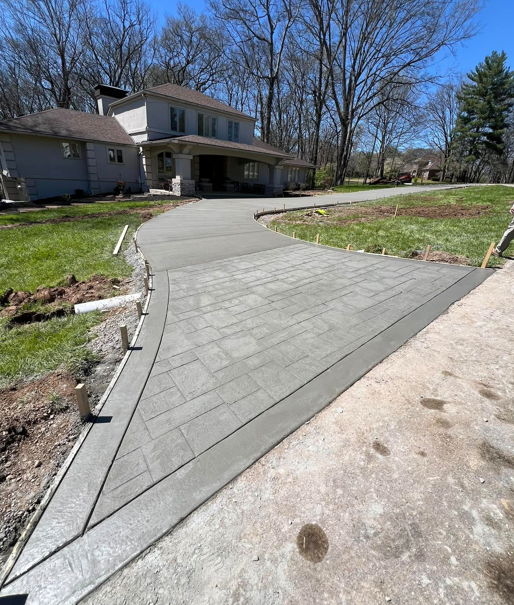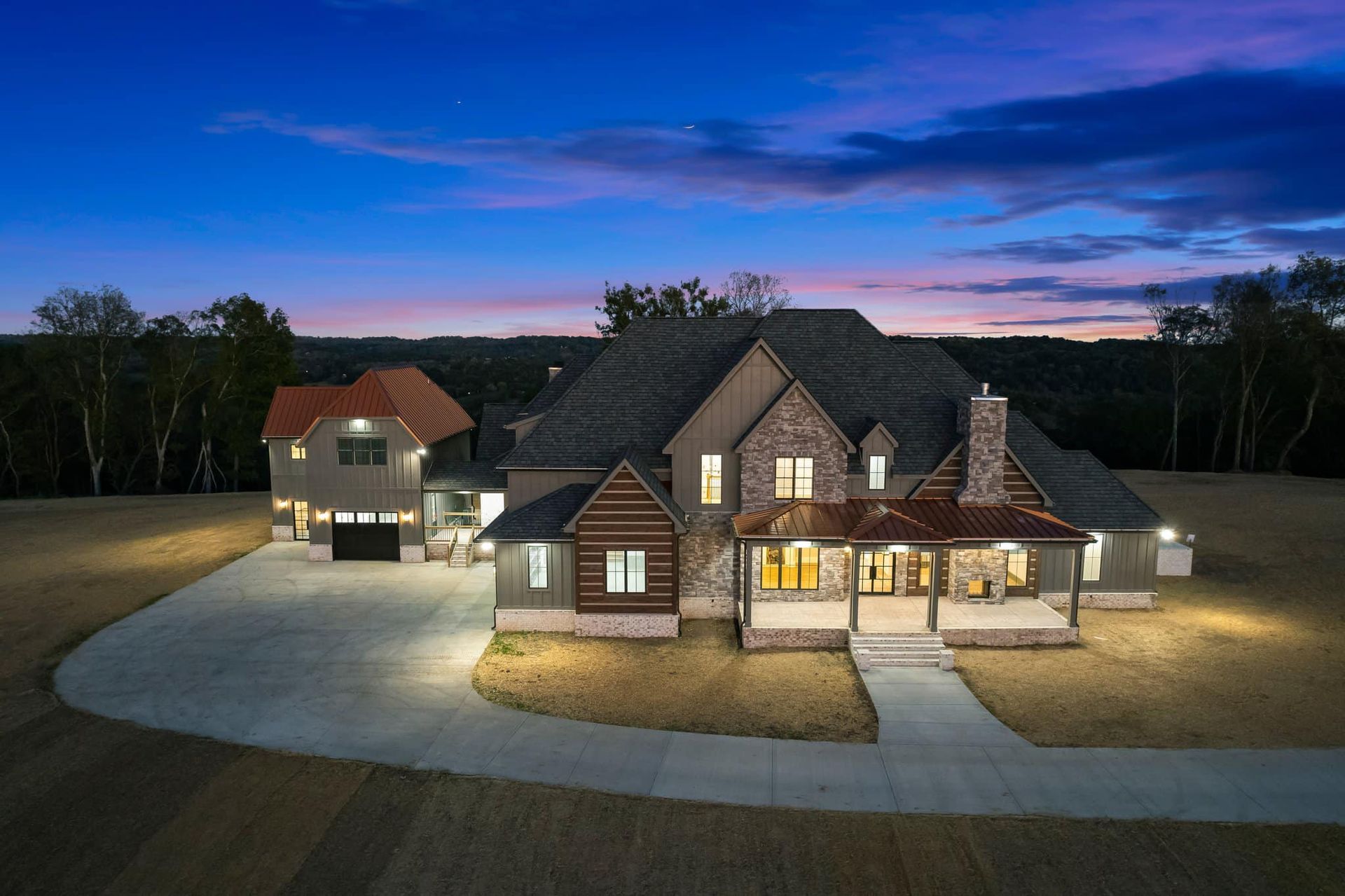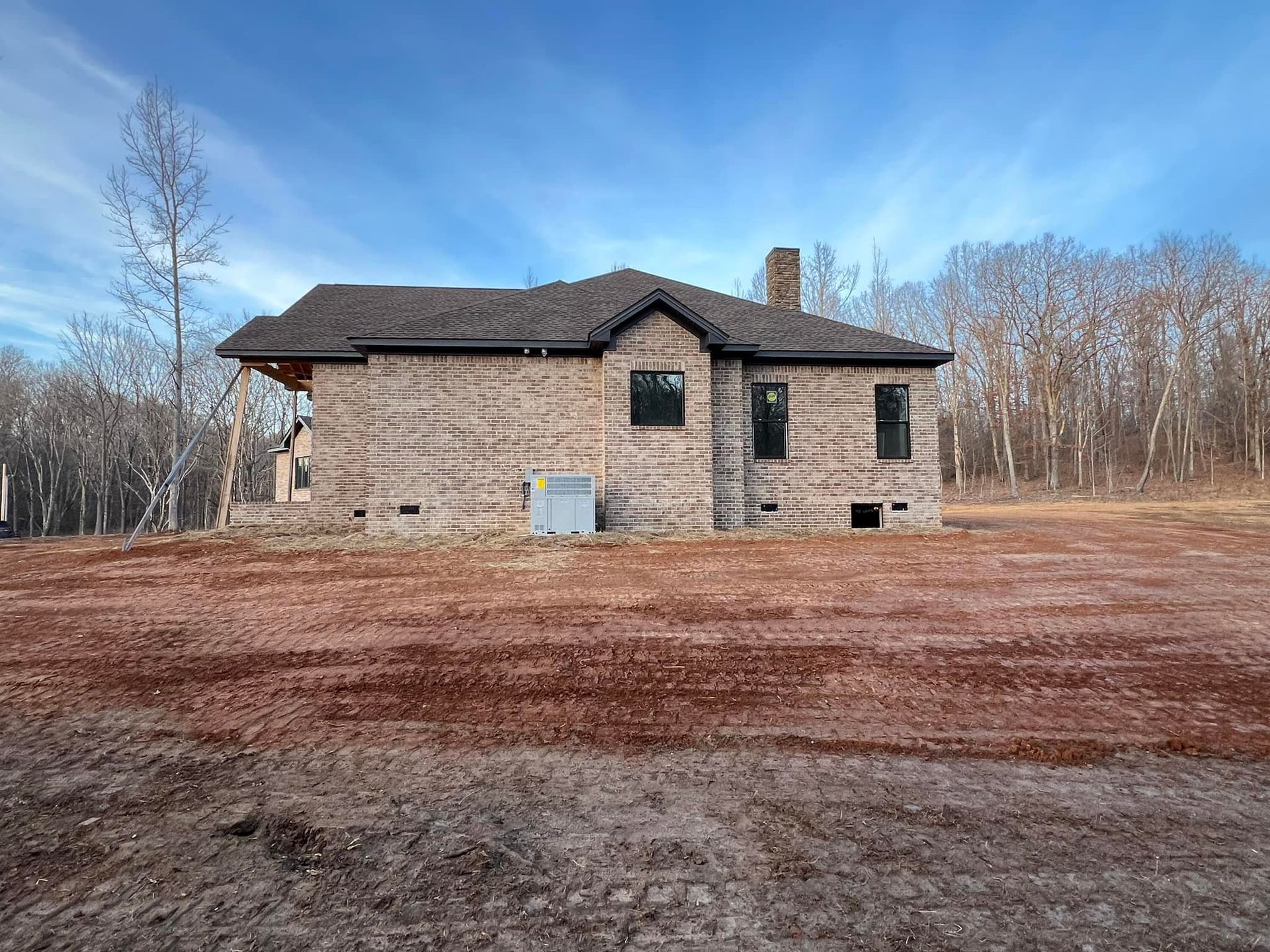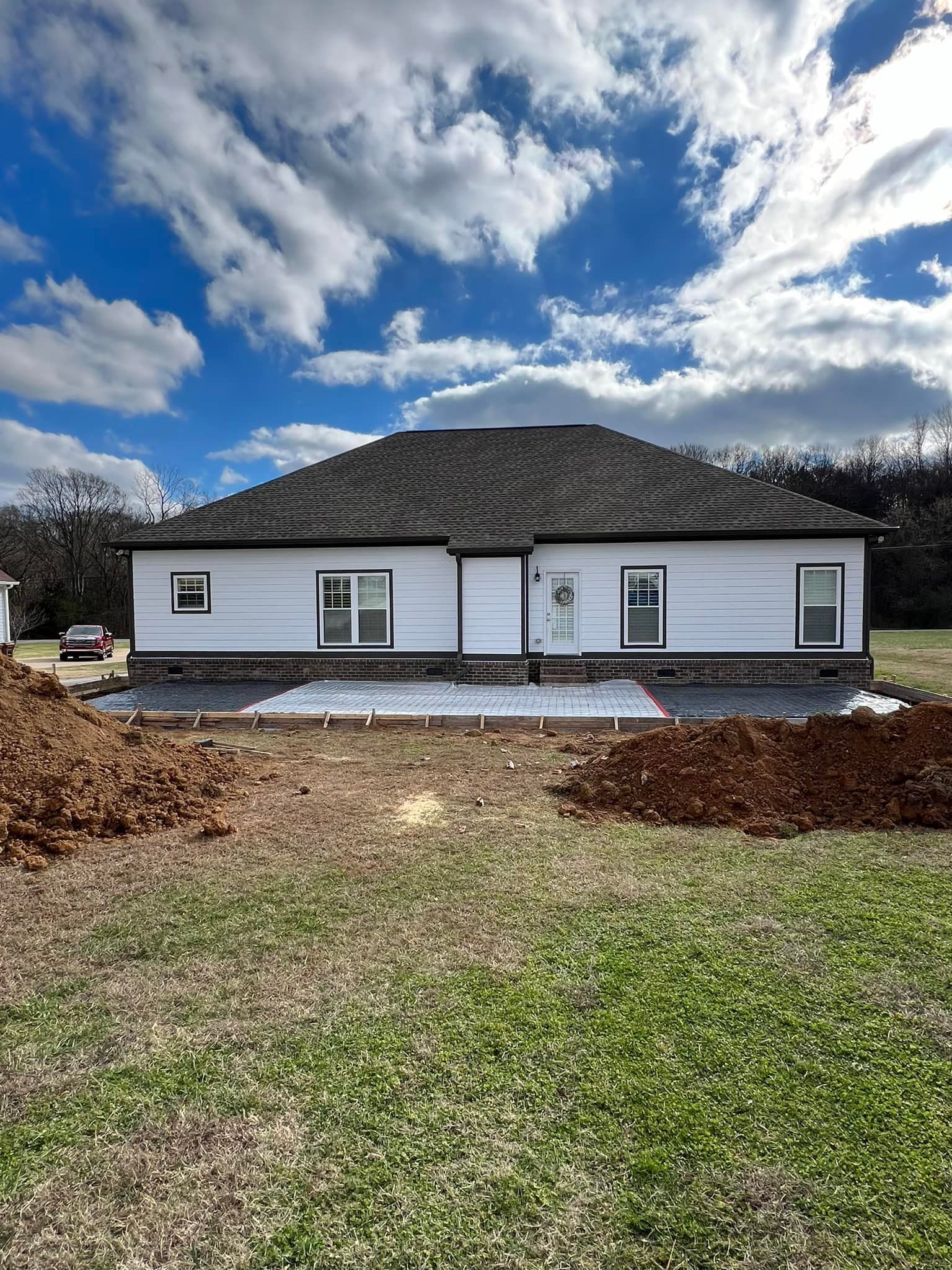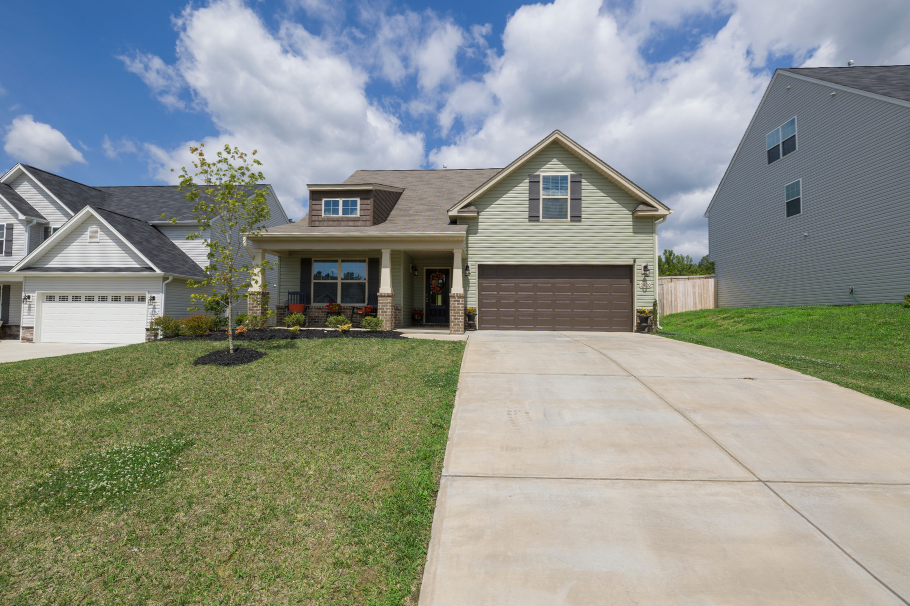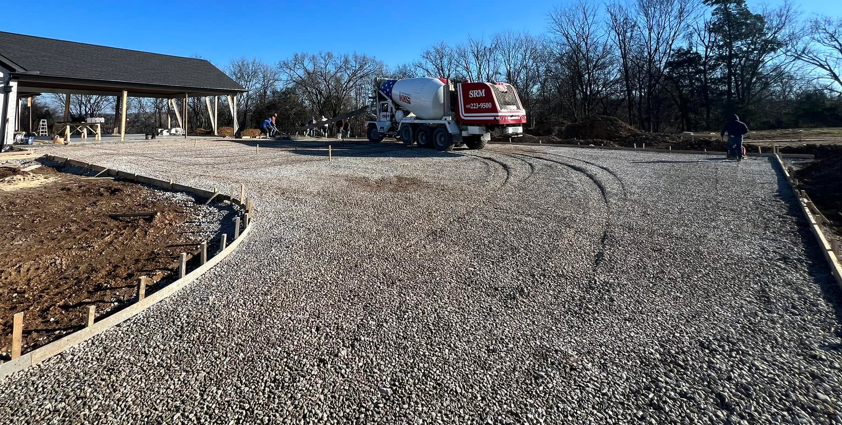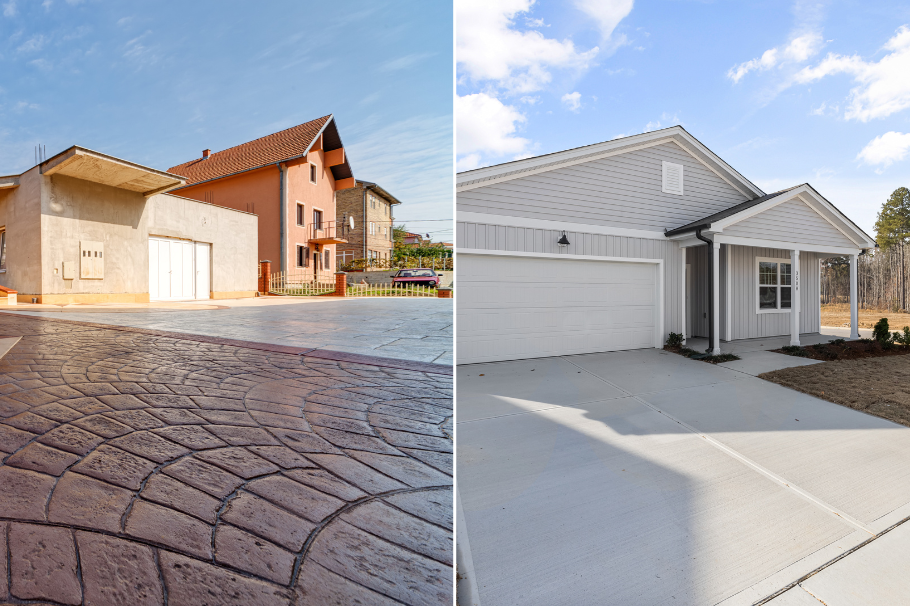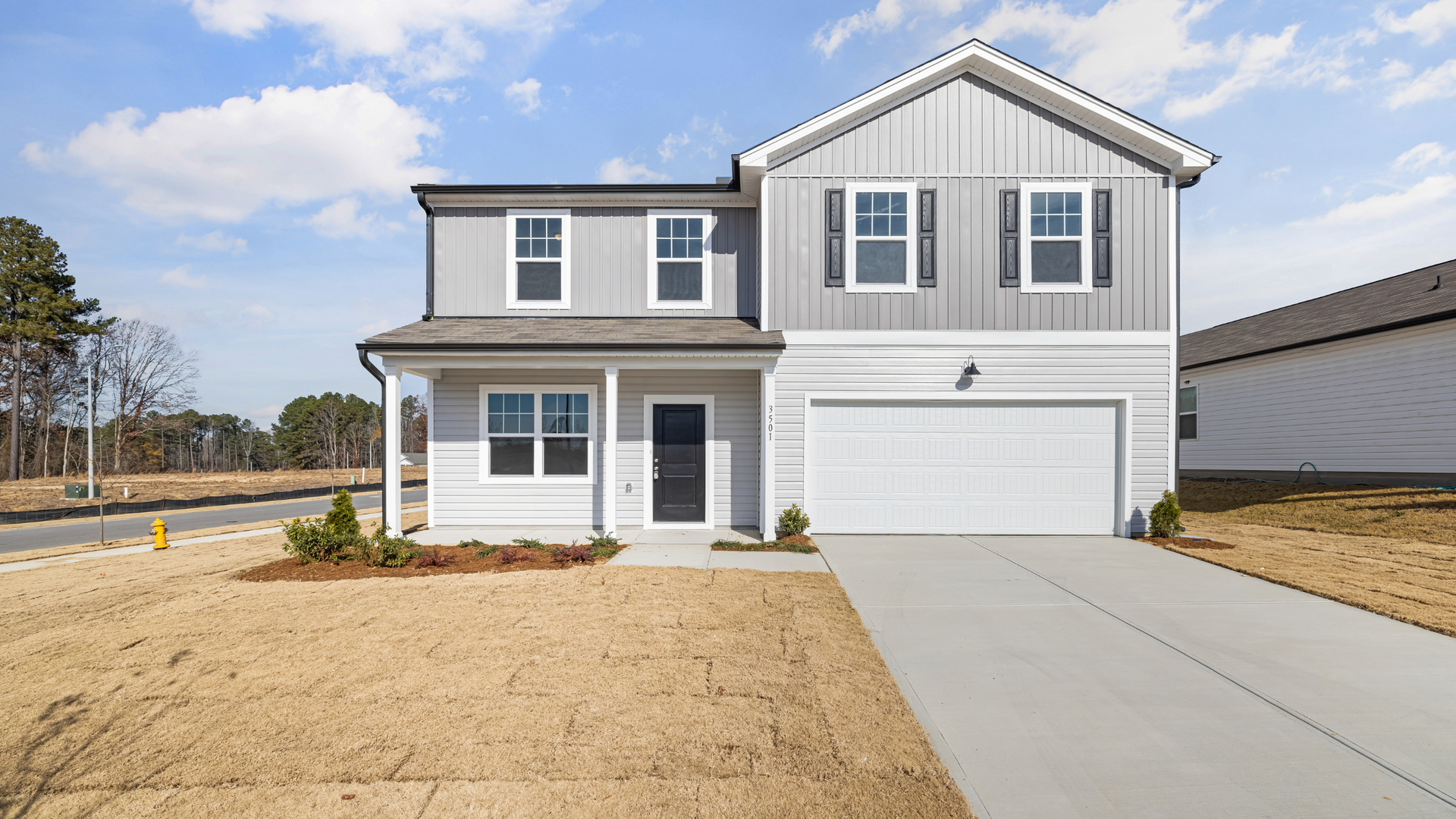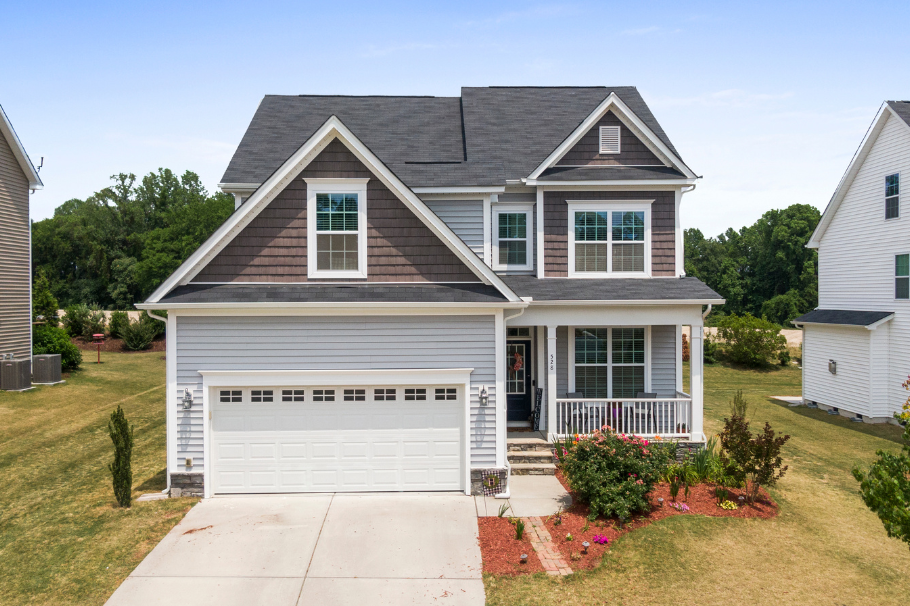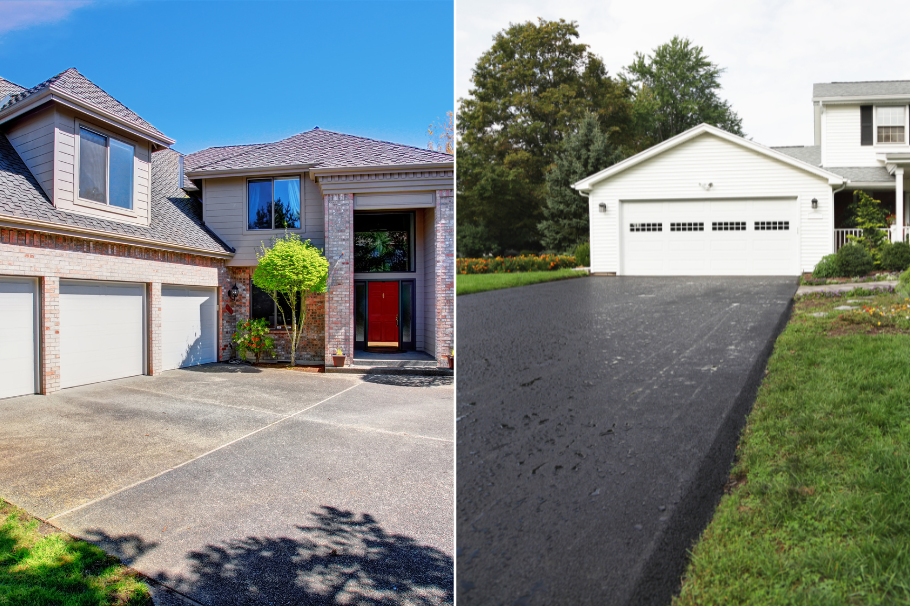Stamped Concrete vs. Pavers: Which is Better?
When creating beautiful outdoor spaces, deciding between stamped concrete vs. pavers can be challenging. Both options have their strengths and considerations, making it essential to weigh the pros and cons. Additionally, choosing the best fit for your specific needs and budget will enhance your home's value and appeal. Let’s dive into what makes each unique.
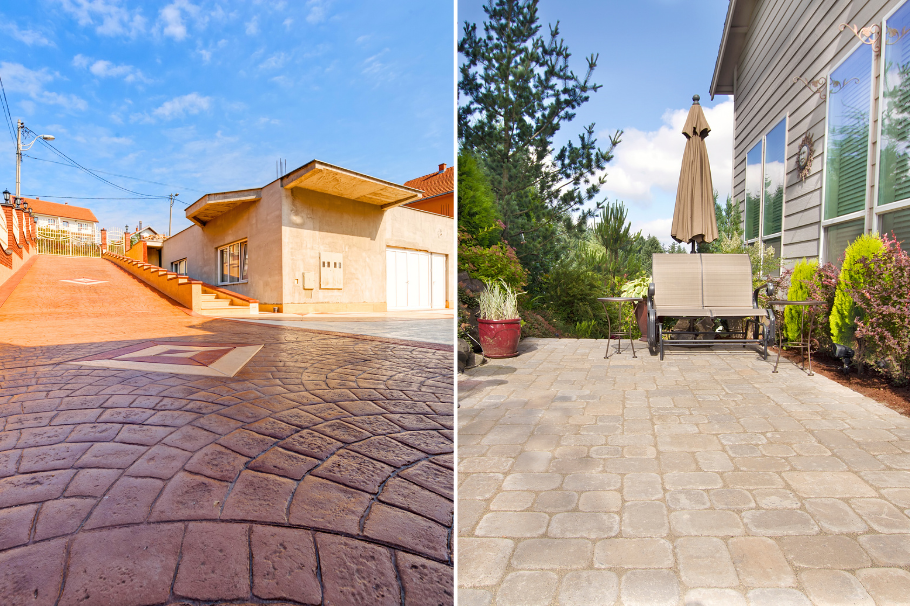
1. What is Stamped Concrete?
Stamped concrete involves pouring a concrete slab and then imprinting it with a pattern or texture to mimic materials like brick, stone, or even wood. Moreover, it’s often colored to achieve a more realistic appearance, making it a versatile option for patios, driveways, and walkways.
Advantages of Stamped Concrete
Furthermore, stamped concrete offers significant benefits for homeowners. It delivers the look of high-end materials at a fraction of the cost. Here’s why many people love it:
- Cost-effective: Homeowners can achieve an upscale look for less money. Generally, it costs between $8 and $18 per square foot, according to HomeAdvisor, whereas pavers can range from $12 to $20 per square foot.
- Customizable: Stamped concrete allows for intricate patterns and color combinations, providing more creative freedom.
- Durable: With the proper installation and maintenance, stamped concrete can last for decades.
- Low maintenance: Unlike pavers, which often require frequent weed removal, stamped concrete requires fewer touch-ups.
Disadvantages of Stamped Concrete
However, it’s important to consider the downsides. Take note, cracks often appear over time if the surface is not installed correctly or faces extreme weather fluctuations. This can pose a challenge for homeowners.
- Cracking potential: Repairing cracks in stamped concrete may require resurfacing or patching, which can impact the original design.
- Slippery surface: Certain stamped concrete finishes may become slick when wet, potentially posing a hazard. Learn more about managing surface issues from Concrete Network.
- Limited repairs: Fixing sections of stamped concrete is not as straightforward as replacing individual pavers.
2. What are Pavers?
Pavers consist of individual units made from materials such as brick, stone, or concrete, which interlock to create a sturdy surface. Furthermore, they’re popular for driveways, patios, and walkways due to their strength and adaptability.
Advantages of Pavers
Pavers offer their own unique perks. For instance, they provide flexibility and can adjust to soil movement, making them highly durable.
- Ease of repair: Damaged pavers can be easily replaced without affecting the surrounding units.
- Variety of design: Pavers come in numerous colors, shapes, and sizes, offering extensive design flexibility.
- Better traction: The rough surface of pavers generally provides better grip, reducing the risk of slipping.
Disadvantages of Pavers
Nevertheless, there are some challenges to using pavers. Regular maintenance is often necessary to keep them looking their best.
- Higher cost: Pavers tend to be more expensive than stamped concrete. Compare pricing data at Angi.
- Potential shifting: If not installed correctly, pavers may shift over time due to soil movement or heavy use.
- Weed growth: Weeds can grow between pavers, requiring regular attention.
3. Stamped Concrete vs. Pavers: Durability and Maintenance
Durability is a key consideration when deciding between stamped concrete vs. pavers. Additionally, both materials are strong and long-lasting, but pavers often have a slight edge due to their flexibility in shifting soil.
Maintenance Comparison Table
| Feature | Stamped Concrete | Pavers |
|---|---|---|
| Durability | High, but prone to cracks | Very high, flexible |
| Maintenance | Sealing every 2-3 years | Occasional weed removal, leveling |
| Repair | May require resurfacing | Easy, individual unit replacement |
Moreover, pavers typically require more frequent maintenance due to potential weed growth. Regular sealing of stamped concrete can help preserve its appearance and prevent damage.
4. Stamped Concrete vs. Pavers: Cost Comparison
Cost is often a deciding factor. Generally, stamped concrete is more cost-effective upfront. Homeowners can expect to pay between $8 and $18 per square foot, while pavers range from $12 to $20 per square foot.
What's more, the total cost depends on factors such as installation complexity, labor rates, and local materials. While stamped concrete has a lower initial price, it may require more maintenance in the long run.
5. Stamped Concrete vs. Pavers: Design Flexibility
Both options provide excellent design opportunities. For example, stamped concrete can mimic high-end materials, including cobblestone, slate, and brick, without the added expense.
Design Flexibility Table
| Feature | Stamped Concrete | Pavers |
|---|---|---|
| Pattern and Design Flexibility | High, multiple imprint options | High, variety of shapes and sizes |
| Color Options | Customizable | Varies by material |
Additionally, arranging pavers in unique patterns can create a distinctive and timeless look. Choosing the right option depends on your desired aesthetic and home style.
6. Safety and Slip Resistance
For homeowners with children or older family members, safety is a significant consideration. Furthermore, stamped concrete can become slippery when wet, particularly if it has a glossy finish. Pavers generally offer better traction due to their textured surface.
Take note, choosing a slip-resistant finish can mitigate some safety concerns with stamped concrete. Proper installation is also crucial to prevent surface issues.
7. Stamped Concrete vs. Pavers: Which Option is Best?
Ultimately, choosing between stamped concrete vs. pavers depends on your specific needs, budget, and aesthetic goals. Moreover, the decision often comes down to factors like long-term maintenance, upfront costs, and personal preferences.
Summary Table: Key Differences
| Feature | Stamped Concrete | Pavers |
|---|---|---|
| Cost | Lower upfront cost | Higher initial cost |
| Maintenance | Sealing every few years | Regular weed removal, easy repairs |
| Durability | High, may crack | Very high, less prone to cracks |
| Design Options | Customizable | Flexible, many shapes available |
Your Next Step
If you're looking for a cost-effective, highly customizable solution with a seamless look, stamped concrete is a great option to consider. Moreover, its ability to mimic high-end materials while keeping costs lower makes it an attractive choice for many homeowners. While pavers have their benefits, the versatility and aesthetic appeal of stamped concrete often make it the preferred option for patios, driveways, and walkways.
Our team at AMC Concrete specializes in creating stunning, high-quality stamped concrete surfaces tailored to your unique needs. We’ll work with you every step of the way to ensure your outdoor space stands out. Contact us today for a free consultation!
